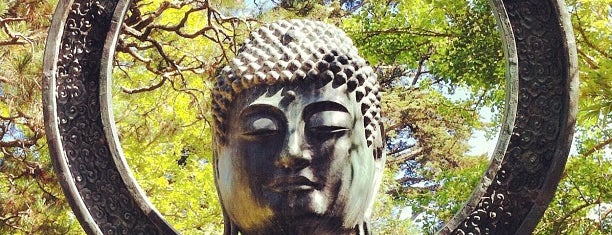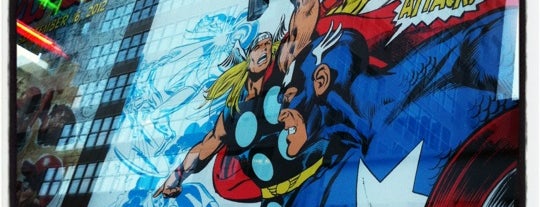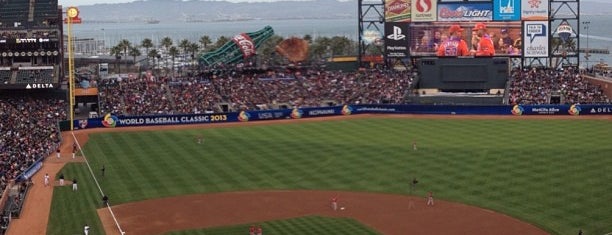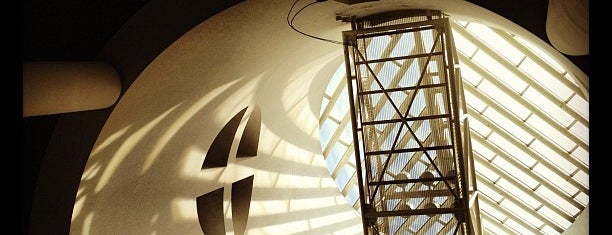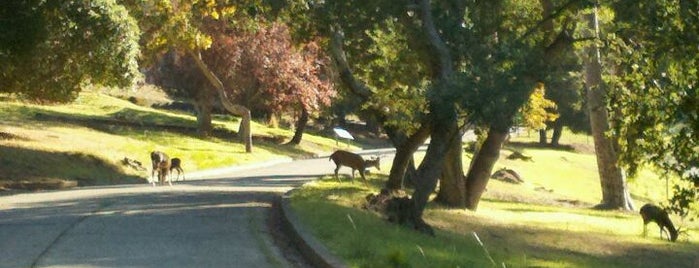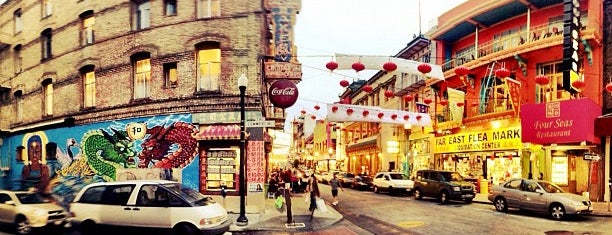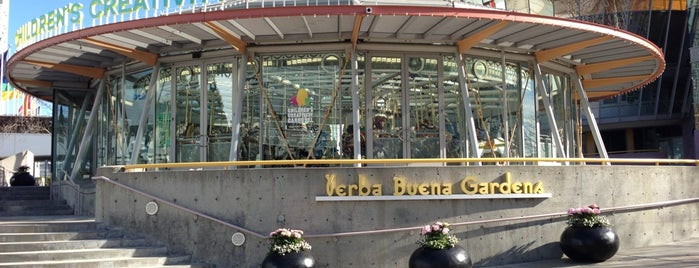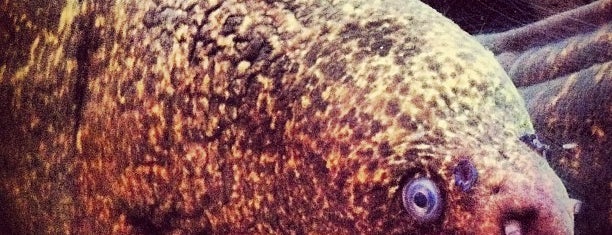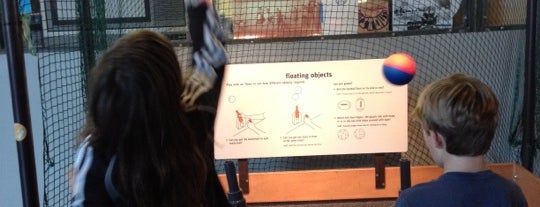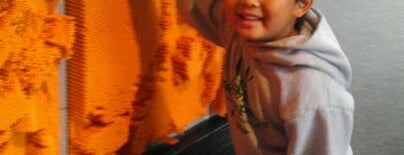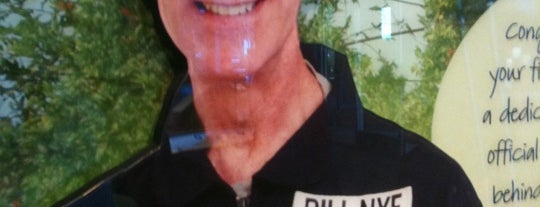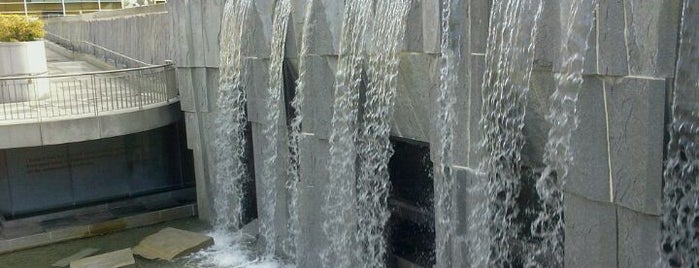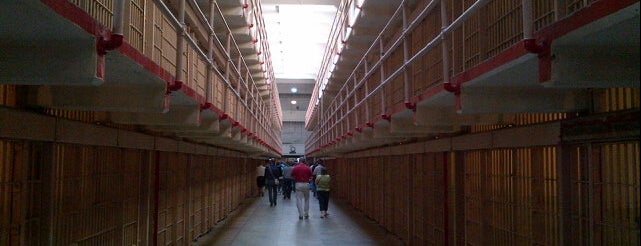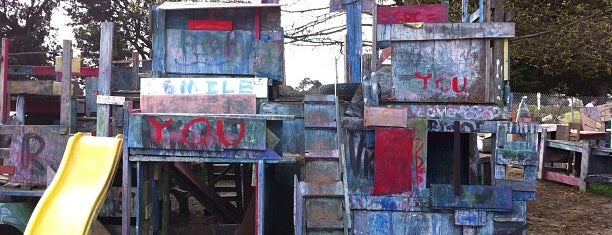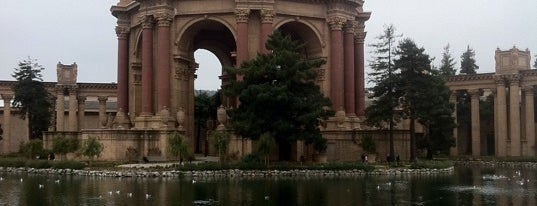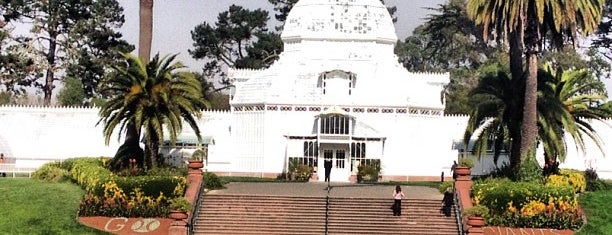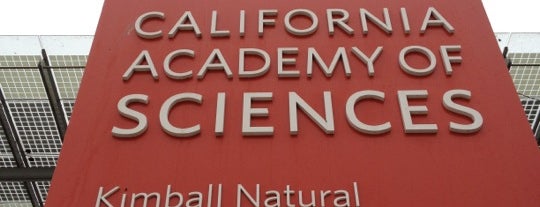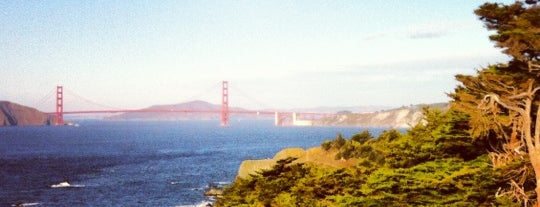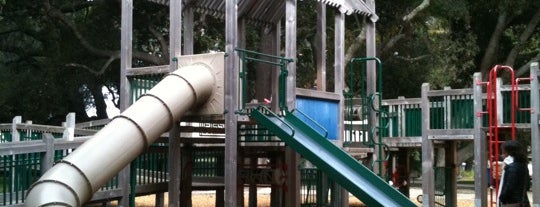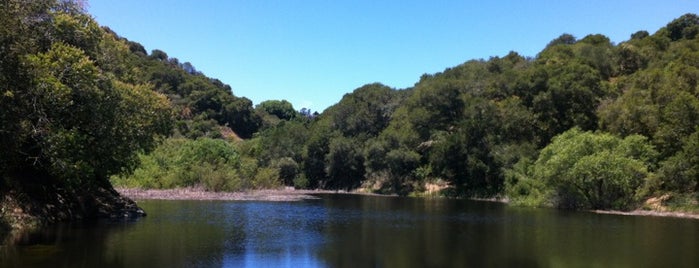![]() Did you know? The zoo traces its roots to 1889 when publishing magnate William Randolph Hearst gave the city a grizzly bear named Monarch. Monarch was later the model for the bear on California’s flag Read more.
Did you know? The zoo traces its roots to 1889 when publishing magnate William Randolph Hearst gave the city a grizzly bear named Monarch. Monarch was later the model for the bear on California’s flag Read more.
![]() Did you know? Built in 1894, the garden is the oldest Japanese-style garden in the United States. Read more.
Did you know? Built in 1894, the garden is the oldest Japanese-style garden in the United States. Read more.
![]() Did you know? The word cartoon comes from the Italian “cartone” meaning a large piece of paper. In renaissance art, a cartoon was a full-size drawing used as a guide for frescoes and tapestries Read more.
Did you know? The word cartoon comes from the Italian “cartone” meaning a large piece of paper. In renaissance art, a cartoon was a full-size drawing used as a guide for frescoes and tapestries Read more.
![]() Did you know? Founded in 1883 in New York, the Giants were originally called the Gothams. It’s said the name was changed when Jim Mutrie, the team’s first manager, shouted "My big fellows! My giants!" Read more.
Did you know? Founded in 1883 in New York, the Giants were originally called the Gothams. It’s said the name was changed when Jim Mutrie, the team’s first manager, shouted "My big fellows! My giants!" Read more.
![]() Did you know? Opened in 1935, SFMOMA was the first museum on the West Coast dedicated to contemporary and modern art. It was also one of the first museums to recognize photography as a fine art. Read more.
Did you know? Opened in 1935, SFMOMA was the first museum on the West Coast dedicated to contemporary and modern art. It was also one of the first museums to recognize photography as a fine art. Read more.
![]() Did you know? 3000 years ago, Angel Island was an important fishing and hunting area for the coastal Miwok tribe. They hunted the island’s deer, sea fowl, seals and sea lions, and otters. Read more.
Did you know? 3000 years ago, Angel Island was an important fishing and hunting area for the coastal Miwok tribe. They hunted the island’s deer, sea fowl, seals and sea lions, and otters. Read more.
![]() Did you know? The tower was built in honor of Lillie Coit, a volunteer firefighter. Her habits of gambling, smoking cigars, and wearing trousers made her a colorful character in her time. Read more.
Did you know? The tower was built in honor of Lillie Coit, a volunteer firefighter. Her habits of gambling, smoking cigars, and wearing trousers made her a colorful character in her time. Read more.
![]() Did you know? San Francisco’s Chinatown is the oldest in North America and the largest outside of Asia. Read more.
Did you know? San Francisco’s Chinatown is the oldest in North America and the largest outside of Asia. Read more.
![]() Did you know? The carousel was built in 1906 by noted designer Charles Looff. Its hand-carved animals lived at San Francisco’s amusement park, Playland-at-the-Beach until it closed in 1972. Read more.
Did you know? The carousel was built in 1906 by noted designer Charles Looff. Its hand-carved animals lived at San Francisco’s amusement park, Playland-at-the-Beach until it closed in 1972. Read more.
![]() Did you know? Scientists estimate that fish have been on Earth for over 500 million years. Many species are thought to be virtually unchanged from their ancient ancestors. Read more.
Did you know? Scientists estimate that fish have been on Earth for over 500 million years. Many species are thought to be virtually unchanged from their ancient ancestors. Read more.
![]() Did you know? The Exploratorium was founded by Dr. Frank Oppenheimer, a scientist who worked on the Manhattan Project during World War II, which resulted in the development of the first atomic bomb. Read more.
Did you know? The Exploratorium was founded by Dr. Frank Oppenheimer, a scientist who worked on the Manhattan Project during World War II, which resulted in the development of the first atomic bomb. Read more.
![]() Did you know? Lawrence Hall of Science is named for Ernest O. Lawrence who, in 1930, discovered a way to “smash” atoms; work for which he later won the Nobel Peace Prize. Read more.
Did you know? Lawrence Hall of Science is named for Ernest O. Lawrence who, in 1930, discovered a way to “smash” atoms; work for which he later won the Nobel Peace Prize. Read more.
![]() Did you know? Founded in 1883, Chabot Space and Science Center is today the largest public telescope facility in the nation. Read more.
Did you know? Founded in 1883, Chabot Space and Science Center is today the largest public telescope facility in the nation. Read more.
![]() Did you know? Yerba Buena was named in 1835 by English settler William A. Richardson. The name, Spanish for “good herb,” came from the wild mint that grew rampant in the hills. Read more.
Did you know? Yerba Buena was named in 1835 by English settler William A. Richardson. The name, Spanish for “good herb,” came from the wild mint that grew rampant in the hills. Read more.
![]() Did you know? Long before “The Rock” was a prison, it was likely used by indigenous Native Americans as a place of isolation or ostracization for tribe members who had violated tribal law. Read more.
Did you know? Long before “The Rock” was a prison, it was likely used by indigenous Native Americans as a place of isolation or ostracization for tribe members who had violated tribal law. Read more.
![]() Did you know? Adventure playgrounds originated in Europe during World War II. Currently there are about 1000 such playgrounds in Europe and Japan, but only 2 in the United States. Read more.
Did you know? Adventure playgrounds originated in Europe during World War II. Currently there are about 1000 such playgrounds in Europe and Japan, but only 2 in the United States. Read more.
![]() Did you know? The Palace’s design is based on a Roman ruin. It was built for the 1915 Panama-Pacific Exposition, in honor of the discovery of the Pacific Ocean and the completion of the Panama Canal. Read more.
Did you know? The Palace’s design is based on a Roman ruin. It was built for the 1915 Panama-Pacific Exposition, in honor of the discovery of the Pacific Ocean and the completion of the Panama Canal. Read more.
![]() Did you know? The elaborate glass and wood Victorian greenhouse is the oldest building in the park, and the oldest conservatory of its kind in North America. Read more.
Did you know? The elaborate glass and wood Victorian greenhouse is the oldest building in the park, and the oldest conservatory of its kind in North America. Read more.
![]() Did you know? Founded in 1853, just three years after California joined the United States, the Academy of Sciences was the first institution of its kind west of the Atlantic seaboard. Read more.
Did you know? Founded in 1853, just three years after California joined the United States, the Academy of Sciences was the first institution of its kind west of the Atlantic seaboard. Read more.
![]() Did you know? The bridge gets its name from the Golden Gate Strait. Captain John C. Fremont named the strait "Chrysopylae" (Golden Gate) after a harbor in Istanbul called Chrysoceras or Golden Horn. Read more.
Did you know? The bridge gets its name from the Golden Gate Strait. Captain John C. Fremont named the strait "Chrysopylae" (Golden Gate) after a harbor in Istanbul called Chrysoceras or Golden Horn. Read more.
![]() Did you know? The land the park occupies was once described as “a dreary desert.” Transforming the arid sandy dunes into the lush landscape it is today took years of work. Read more.
Did you know? The land the park occupies was once described as “a dreary desert.” Transforming the arid sandy dunes into the lush landscape it is today took years of work. Read more.
![]() Did you know? The treacherously rocky coastline of Lands End has been the site of ten shipwrecks over the years – three of which are still visible at low tide. Read more.
Did you know? The treacherously rocky coastline of Lands End has been the site of ten shipwrecks over the years – three of which are still visible at low tide. Read more.
![]() Did you know? The miniature train was installed in the park in the late 1940s. The company who built the locomotive also built Disneyland’s Matterhorn Roller Coaster. Read more.
Did you know? The miniature train was installed in the park in the late 1940s. The company who built the locomotive also built Disneyland’s Matterhorn Roller Coaster. Read more.
![]() Did you know? The park isn’t named after soggy canines – the name refers to a kind of salamander, also known as mudpuppies, which make a sound similar to a dog’s bark. Read more.
Did you know? The park isn’t named after soggy canines – the name refers to a kind of salamander, also known as mudpuppies, which make a sound similar to a dog’s bark. Read more.
![]() Did you know? The ancestors of roller coasters were steep, ice-covered wooden slides that were popular in Russia in the 16th and 17th centuries. Riders slid down in sleds, crash-landing in sand piles. Read more.
Did you know? The ancestors of roller coasters were steep, ice-covered wooden slides that were popular in Russia in the 16th and 17th centuries. Riders slid down in sleds, crash-landing in sand piles. Read more.
